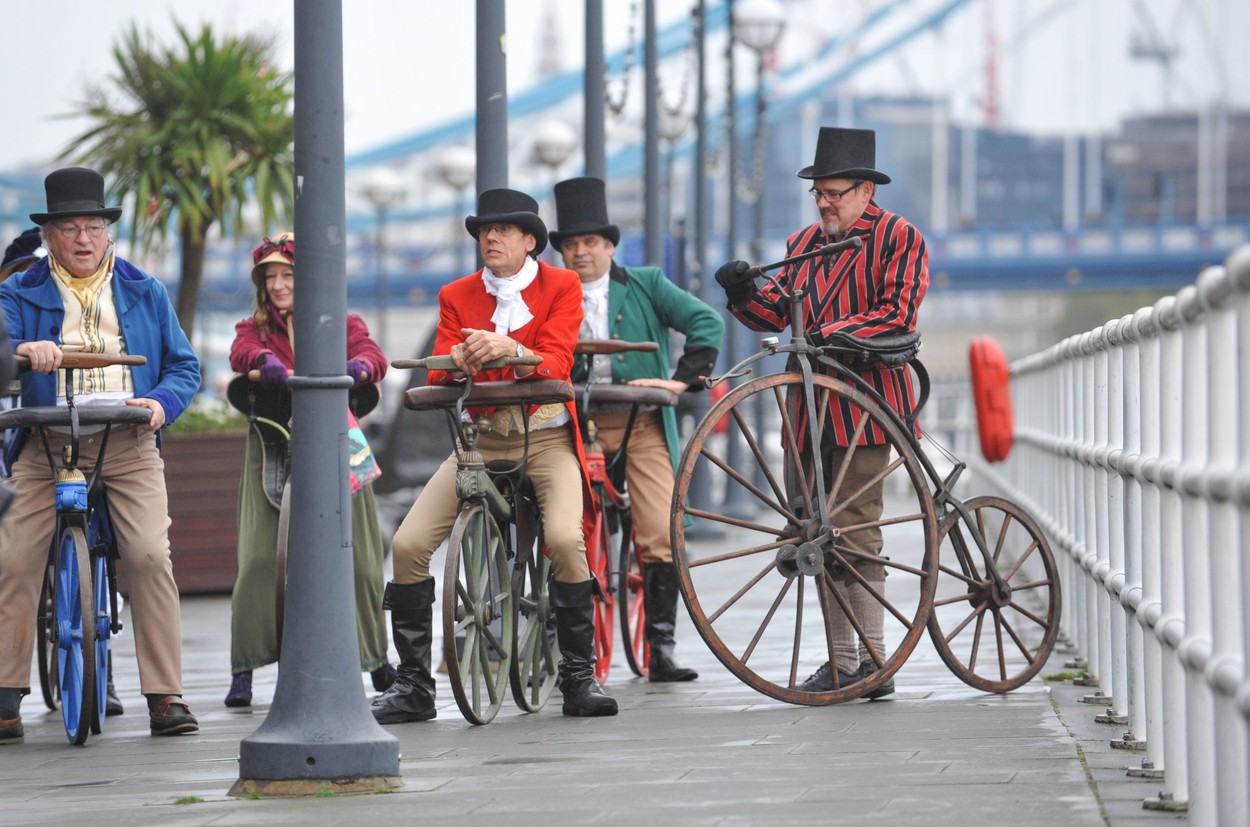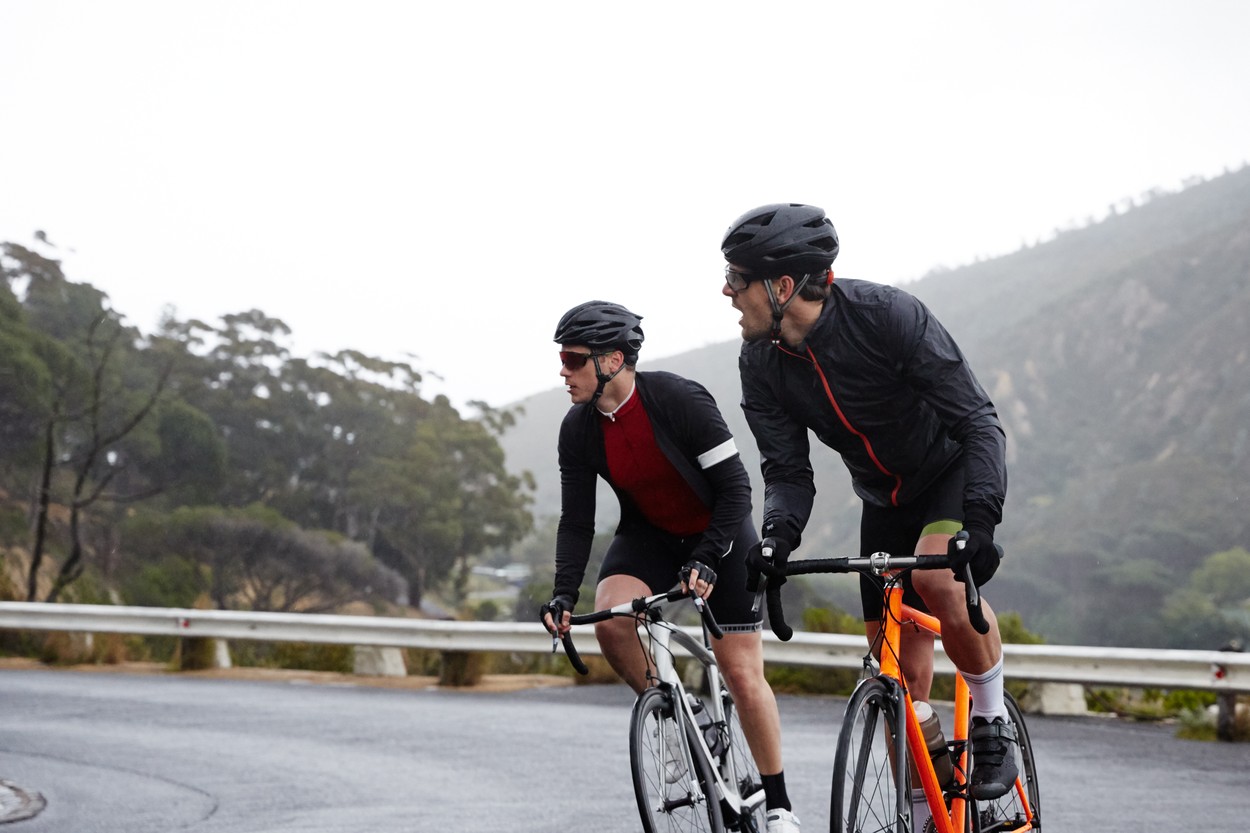Benefits of a cycling group
First and foremost, creating your own group means it’s easier to find people to ride with who share your passion for cycling, whatever your style may be. You’ll also have the satisfaction of bringing together like-minded people, and might even end up making some lifelong friends. Groups also provide the opportunity to share knowledge and work towards improving skills in riding, technical ability, navigation, organising, and more. You also get to set the tone of the action and choose a group name that reflects what matters to you most about the sport you love.
https://www.instagram.com/p/B1O5-TQoj56/
Types of cycling groups
To get things going, the first thing you need to do is outline exactly what kind of cycling group you want to create. If you’re just looking to provide a space for people to get together and ride, you want to start a social cycling group. These exist primarily to put on leisure rides and social events and may be based in a particular town or city. They tend not to organise competitive events such as racing or time trialling.
Or maybe you’re looking to build a safe space for a group currently underrepresented in cycling, whether that be women or an ethnic minority. In this case, you can set up a women’s or community cycling group. These are groups that are formed in areas of identified need and that cater to a particular group of people. In the event that you’re eager to do a charity ride but want a support system to train and ride with, you can create a group focused around a particular event. Ultimately, you can make it whatever you want, but the clearer the vision, the more likely you are to find the right people to join.

Writing your group’s constitution
Once you’ve got that established, it’s time to create a constitution. Despite the fancy word, this is really just a document that contains the basic information about, and rules of, your group. Here you can have fun thinking of a name and outlining the purpose or what you hope to accomplish. It is also important to include what kind of cycling you’ll be doing and who the group is aimed at. Don’t forget to mention details like whether or not you will charge a fee to join and if you’re planning to have a committee to run things and how often it will meet, how it will be voted in and so on.
If you do decide to elect a committee, which will make it a lot easier to stay organised depending on the scope of group you hope to have, you’ll need to delegate a few roles. These typically include chair, secretary, and treasurer. The committee may also cover roles such as publicity, membership, rides secretary, social events, club kit and welfare. There are plenty of resources available online with structural templates or drafts of any documents you may require.
https://www.instagram.com/p/B0bk3wto69D/
Now to get to the actual cycling
With the paperwork and bureaucracy out of the way, it is time for the really fun stuff. Once you generate a bit of interest, you can decide if you’ll have a regular meeting place and day, who will lead the rides and whether you’ll organise social events as well. Members might be intimidated to lead rides at first, but you can support and encourage one another, while also making use of the many best practice resources available from existing groups or clubs. When working out the route, be sure to account for distance, terrain, traffic, refreshments, toilets, points of interest, weather and the ability of the riders. Keep in mind that the more information you can provide in advance, the more likely people are to show up.
Spreading the word
Speaking of having people show up, now that you’ve got a basic understanding of who and what your group is, it’s time to share your vision with the community. For this you can use a Facebook page, a website, Meetup or a combination of these. Reach out to people who you think might be interested and ask them to promote the group to their community of friends, you never know who might be harbouring secret cycling ambitions.

A little patience can go a long way
Most importantly, remember that building something takes time and that it’s ok if things start off slow. Be patient with yourself, those around you and don’t forget that consistency is key. Try to be open-minded and welcoming to newer riders. That being said, you do have a responsibility to the other riders and the public, so if you think someone may endanger themselves or someone else, it’s ok to have a word or express that this might not be the group for them. Overall, just lead by example and at the end of the ride, thank people for coming and let them know details of the next gathering. Stay positive, keep riding, and enjoy the process of watching your group come together!




